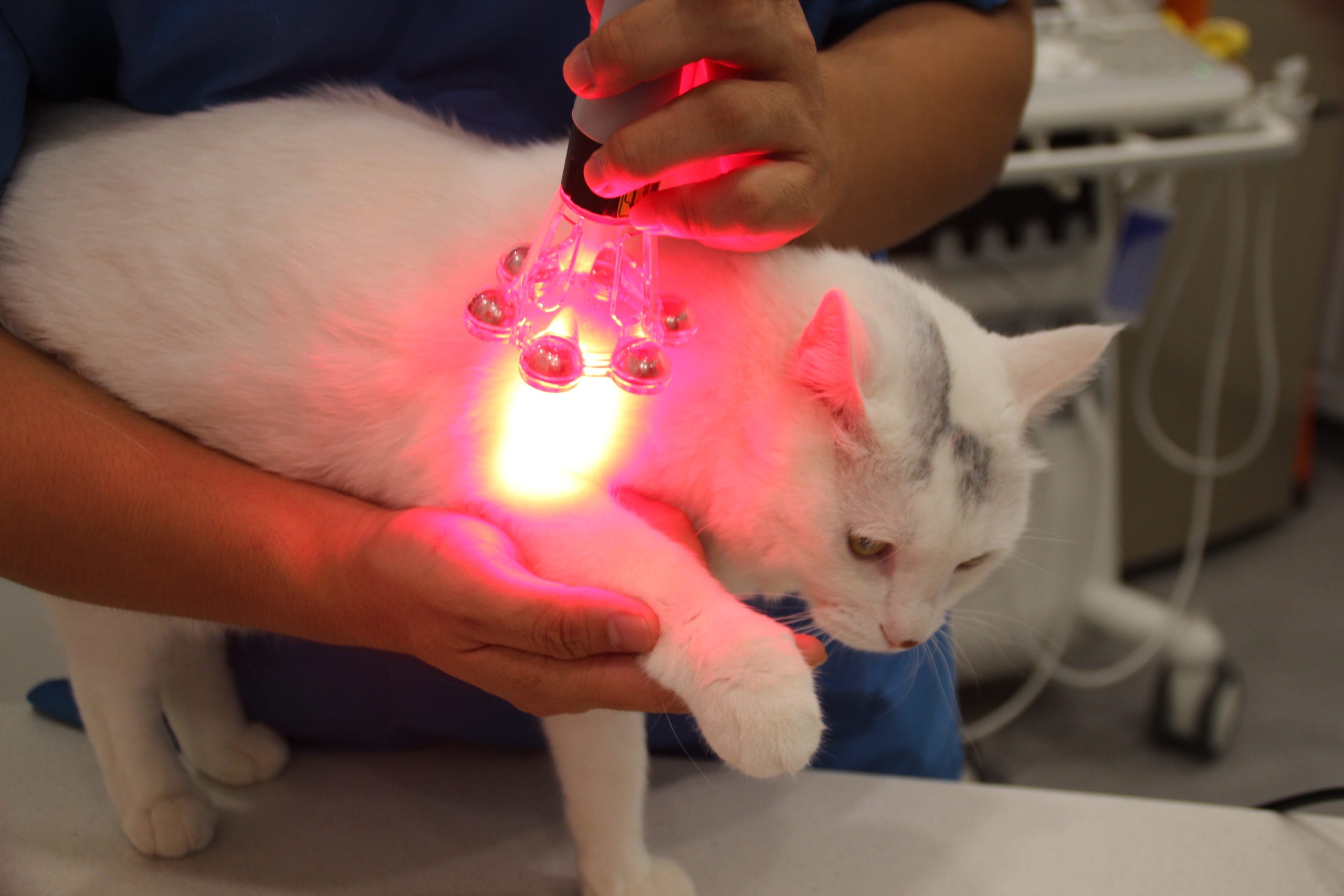Laser Therapy: A Modern Solution for Pet Sports Injuries
Pets are essential companions in our lives, but they are also susceptible to various sports injuries during physical activities. Laser therapy devices offer a modern approach to addressing these injuries in veterinary medicine. This article delves into the principles and distinctions of laser veterinary medicine in treating pet sports injuries, highlighting its advanced nature and advantages. Clinical cases are also provided to demonstrate its effectiveness.
Principles and Differences between Laser Veterinary Medicine and Traditional Treatment:
Laser Veterinary Medicine Principles:
Laser veterinary medicine employs laser beams directed at the injured area of the pet's body. These laser beams penetrate the skin and directly affect the damaged tissue. The biological stimulation effect of light promotes cell repair and healing. This treatment aids in:
- Pain Reduction: Laser therapy alleviates pain caused by pet sports injuries, enhancing their overall quality of life.
- Inflammation Reduction: Laser treatment helps reduce inflammation, swiftly eliminating swelling and promoting the repair of damaged tissues.
- Healing Promotion: Laser therapy stimulates blood circulation, increasing the supply of oxygen and nutrients to the injured area, facilitating tissue healing.
- Non-Invasive: Laser therapy is non-invasive, eliminating the need for surgery and reducing the associated risks and recovery time.
Traditional Treatment Methods:
Traditional treatment methods typically include medication, surgery, and physical therapy. These approaches may require an extended duration, exhibit inconsistent results, and involve some degree of invasiveness. Medication treatments may lead to uncomfortable side effects, while surgery necessitates an extended recovery period.
Advantages of Laser Therapy:
- Rapid Pain Relief: Laser therapy often significantly reduces pain in pets after just a few treatment sessions, enabling faster recovery.
- Biological Stimulation Effect: Laser treatment enhances blood supply to damaged tissues, expediting healing and cell repair.
- Non-Invasive Treatment: Laser therapy is non-invasive, eliminating the need for surgery and reducing treatment-related risks.
Clinical Cases:
Case One: A dog with Achilles tendon injury experienced significant pain relief and regained normal mobility after several laser therapy sessions.
Case Two: A injured cat underwent laser therapy, resulting in rapid muscle injury repair and a swift reduction in pain symptoms, eliminating the need for medication dependence.
Conclusion:
In conclusion, laser therapy offers significant advantages in addressing pet sports injuries. Its ability to quickly relieve pain, stimulate biological responses, and provide non-invasive treatment makes it an advanced and effective choice. Supported by clinical cases, laser therapy provides pets with a faster and safer path to recovery.
